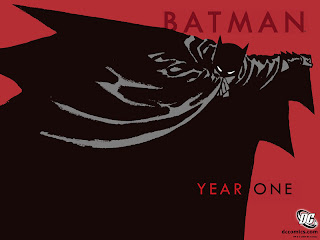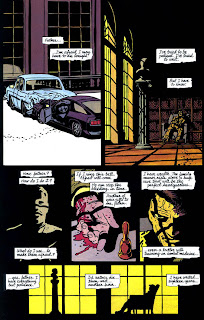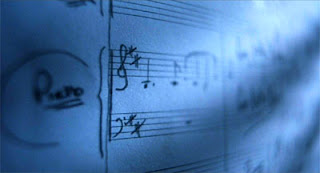INT. AL'S GARAGE - MOMENTS LATER
YOUNG BRUCE KICKS open the door—
FLINGS groceries everywhere—
PUNCHES the plaster wall—
BRUCE (V.O.)
September 17. Father, it takes
everything I have just to contain
this fury. I can feel it in my
chest. It wants to ESCAPE. I'm
AFRAID of what I might do.
LITTLE AL is in the doorway.
LITTLE AL
What the hell's going in here. You
OK?
BRUCE
I'm fine.
BRUCE tries to push past LITTLE AL and out of the garage. But LITTLE AL grabs his wrist.
LITTLE AL
Bruce.
BRUCE
What do YOU want?
LITTLE AL
Don't you give me lip, boy. I know
what you're going through. You
can't hide it from me.
BRUCE
You don't know ANYTHING.
LITTLE AL
Come on. I've got something for
you.
LITTLE AL pushes aside a work bench, digs out a key and opens a dirty, disused door.
BRUCE
Your father's office?
LITTLE AL says nothing. The two men go inside—
INT. BIG AL'S OFFICE - DAY
It's like a tomb. Dusty, unused and preserved. LITTLE AL sits at the desk and starts opening drawers.
LITTLE AL
(without looking)
Sit down Bruce.
BRUCE sits on a dusty chair.
LITTLE AL finds what he's looking for, shoe-box. He turns to BRUCE
LITTLE AL
You know, Bruce, BIG AL worked HARD
to put me through med school. He
dreamed of giving me more than that
garage. But he NEVER said a WORD
after the war.
LITTLE AL
He understood what happens to a man
who's SEEN too much of this world's
evil. Do you know what I'm talking
about Bruce.
BRUCE nods.
LITTLE AL
When we found you out in the scrap
pile you were scared, more of a
wild animal than a boy, really. And
you had something with you, do you
remember that?
BRUCE says 'Yes' with his eyes.
LITTLE AL
(laughs)
You wouldn't let it go... Took BIG
AL three months to even get a look
at it. You cried for weeks when he
took it from you. He said you
weren't ready to have it. You
called it your INHERITANCE.
LITTLE AL puts a hand on BRUCE's shoulder.
LITTLE AL
When BIG AL was up in that
hospital, he asked me watch over
you, made me promise, and I have.
You're like my boy, Bruce.
LITTLE AL gives BRUCE's shoulder a squeeze.
LITTLE AL
But now you're scaring me. There's
something going on in your head,
and while I can't say I know
exactly what it is, I can tell you
this: A man has got to know who he
is before he can confront his
demons.
LITTLE AL open the shoe box and removes a smaller WOODEN BOX with a heavy brass latch
LITTLE AL
Maybe your INHERITANCE can help you
figure it out.
INT. HARVEY DENT'S OFFICE - MORNING
GORDON bursts in, interrupting. It's becoming a pattern with these two.
DENT
What's up Jim. You look terrible.
GORDON
(paces the room)
My office was ransacked. They were
at my apartment too. Broke the
locks, tossed the place. They tried
to make it look like burglars but I
think it was Flass and his crew
looking for my file.
DENT
I'm not surprised, after that news
story, you're likely to be public
enemy number one to those guys. In
fact, that file MAY be only thing
keeping you alive at this point.
GORDON
Great, because they FOUND it and
they TOOK it.
DENT
Here sit down, have some coffee.
You got to get out of town,
disappear for a while.
GORDON
Right, I'll go up to a cabin in the
woods and die of multiple,
accidental hunting gunshot wounds
to the back.
DENT
Jesus, calm down Jim. Just take it
easy. There has to be something you
can do.
GORDON
Nope. It's business as usual for
me. I play the good soldier, stay
low and hunt for my BAT-MAN.
DENT
They don't want you to catch the
vigilante, they would give you some
manpower if they did. And when you
capture the guy, they're going to
crucify you on the news. This guy's
becoming a saint to some people.
GORDON
He's a terrorist, Harvey. A
DANGEROUS PSYCHOPATH. Who knows how
far he'll take his personal war on
crime.
DENT
Yeah, it's really scary to think
how far a guy will go to rid this
town of crime.
DENT meant that as a JAB but GORDON missed it.









































